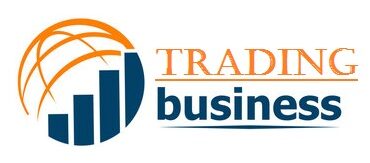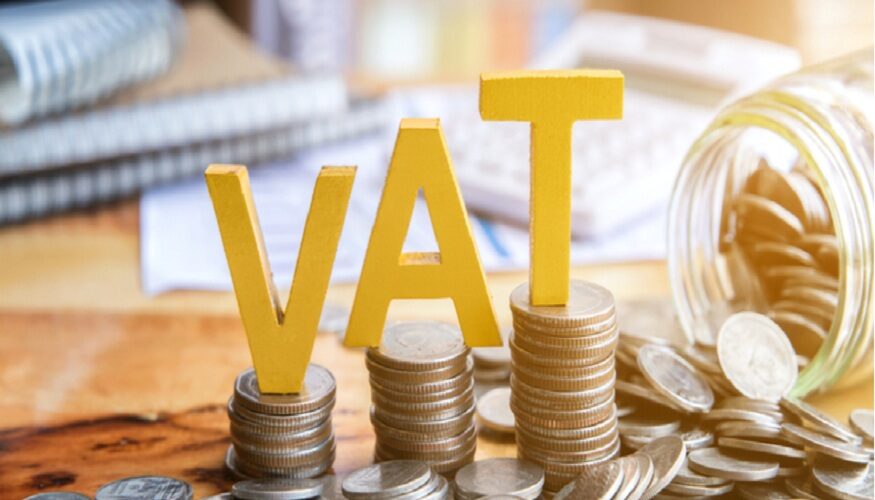VAT is an indirect tax imposed on sales of goods or services at a rate set by member states of the European Union. In other words, if you are selling something and your customer leaves the country with your product, VAT will be charged on that sale. VAT rates vary from 0% to 20%, so you might have to pay even though you never made a sale!
What is VAT?
VAT is a value-added tax that applies to goods and services you purchase in the UK. It’s an indirect tax, which means that your final price includes the VAT amount.
When you buy items, you must declare the full value of what you’re buying to the salesperson or store. The salesperson then calculates your personal exemption and adds this amount to the total sale price. This calculation is called the “invoice value”.
VAT is 20% of the invoice value. This means that if the invoice value is £100, you will pay £20 in VAT on top of this amount. You can find out more about calculating VAT by visiting HMRC’s website: https://www.hmrc.gov.uk/vat-calculator/.
Why is it important to know about VAT?
VAT is a value-added tax (VAT) that is charged on the final value of goods and services sold in the European Union.
When you purchase something from a store, you are liable for paying the VAT if the total price of the purchase is more than £12.
If you make a purchase through an online retailer, you are still responsible for paying VAT even if you do not have to pay any additional fees.
The VAT rate in the European Union varies depending on the type of good or service being purchased. For example, goods like food and clothing have a 20% VAT rate, while prescription drugs have a 5% VAT rate.
The European Union collects revenue from VAT through taxes levied on businesses and consumers. This money is then used to fund various government programs across the EU.
It’s important to know about VAT because it can add up quickly when purchasing items throughout Europe. If you’re not sure whether or not you’re liable for paying VAT, it’s always best to speak with an accountant or tax specialist.
How does VAT affect your money?
When you buy something, the sales tax (VAT) is automatically added to the price. VAT is a tax that’s charged on most products and services in many countries around the world. VAT is similar to sales taxes in the U.S., but it’s different in some ways. One big difference is that VAT is always included in the price of goods and services, no matter where you are in the world. This means that if you buy something from a store in London, for example, the sales tax (VAT) will also be added to the price of the item when you leave the store.
Another difference between VAT and sales taxes is that VAT is collected by your government, while sales taxes are paid by consumers. In most cases, your government will use the money it collects from VAT to fund things like public education or welfare programs.
Value added tax is going digital and you’ll now have to pay vat online in the future. This will make keeping track of how much you owe a lot easier as you’ll now be able to focus making sales and know that you VAT bill is all going to be taken care of.
How can you prevent VAT from affecting your money?
VAT stands for value-added tax. It is a tax that applies to most goods and services that are bought and sold in the UK. VAT is calculated on the total cost of a purchase, not just the price of the item. This means that you may have to pay VAT on items that you would usually be exempt from paying, such as food.
To avoid being hit with VAT, it is important to understand how it works. First, you need to know what constitutes a taxable good or service. Taxable goods include things like furniture, clothes, cars, and software. Taxable services include things like haircutting and yoga classes. Finally, you need to know how much VAT you will have to pay. The amount of VAT you have to pay depends on the type of purchase you are making and where it was made.
VAT can be a big hassle for businesses and consumers alike, but there are ways to avoid it. By understanding how VAT works and what taxes apply to what purchases, you can avoid costly mistakes.
Different types of VAT
When purchasing something, you may be charged sales tax, or value-added tax (VAT). Sales tax is a percentage of the purchase price that is paid by the customer at the time of purchase. VAT is a similar type of tax, but it is charged when the product or service is consumed or used.
The two most common types of VAT are consumption and production taxes. Consumption taxes are levied on goods and services that are used or consumed in the country in which they were purchased. Production taxes are levied on goods and services that are produced in the country in which they were purchased.
There are also some hybrid taxes, such as value-added tourism tax (VAT), which falls into both categories. The main difference between consumption and production taxes is that production taxes are levied on the exploitation of natural resources while consumption taxes are levied on goods and services purchased.
Different types of VAT can lead to significant savings for business owners and consumers alike. When combined with proper accounting and filing procedures, VAT can help reduce corporate expenses, minimise taxable income, and increase cash flow for businesses. In addition, VAT can provide relief for consumers by reducing prices associated with certain products and services.

